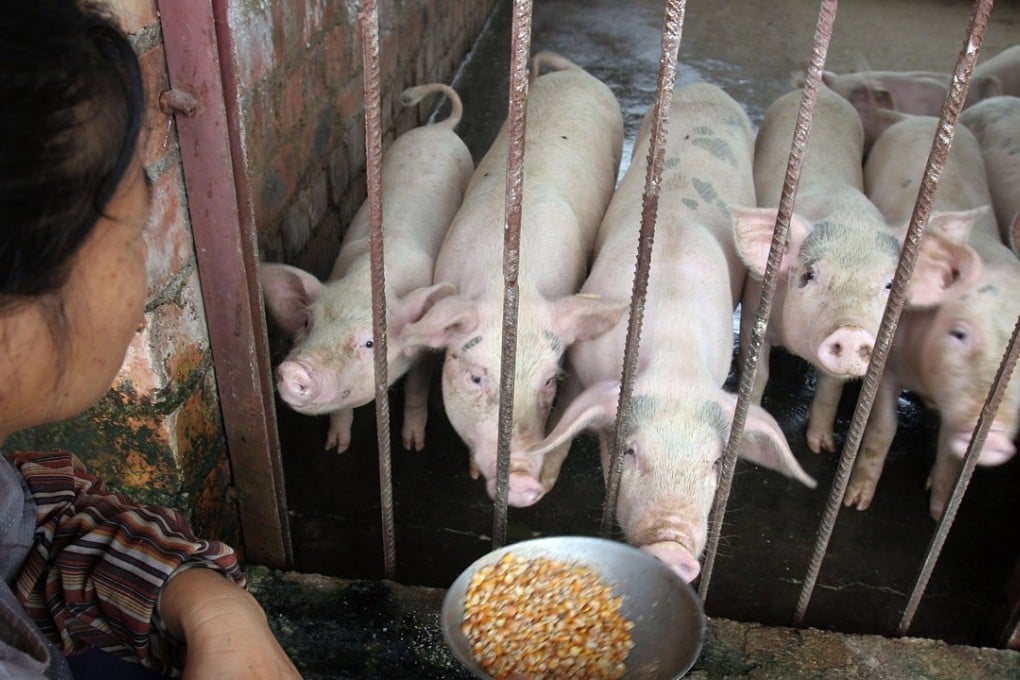Why China’s pork producers can survive without US soybean imports
Although the crop is a vital product for the world’s biggest pork producer, China has many ways to reduce its reliance on American output

With both China and the US slapping tariffs on imported products, businesses in both nations are bracing for impact. In the latest of a series of articles exploring how the trade war affects various sectors in China, the South China Morning Post looks at how Chinese farmers are scrambling to find alternative ways to feed their livestock.
As the man who is responsible for feeding about 800,000 pigs in China’s biggest pork-producing province, Li Xueya and his team have been vacillating for months about when to place their major orders.
“The trade war has disrupted our expectations and we don’t know when is good time to buy,” said Li, head of the purchasing department of Xinda Muye, a farming company in the central province of Henan.
Li estimated that the average pig farming business in China is facing an increase of up to 36 yuan (US$5.30) for raising one hog, which usually takes five to six months. That translates to a total of 28.8 million yuan (US$4.8 million) for a firm like his.
The increase is the result of China’s decision earlier this month to levy a 25 per cent tariff on imports of US soybeans, which are used for pig feed, as part of the escalating trade war between the world’s top two economies.
The tariffs on US soybeans will hit Chinese farmers as well as their American suppliers. But pig farmers and analysts said they have alternatives to offset the impact.